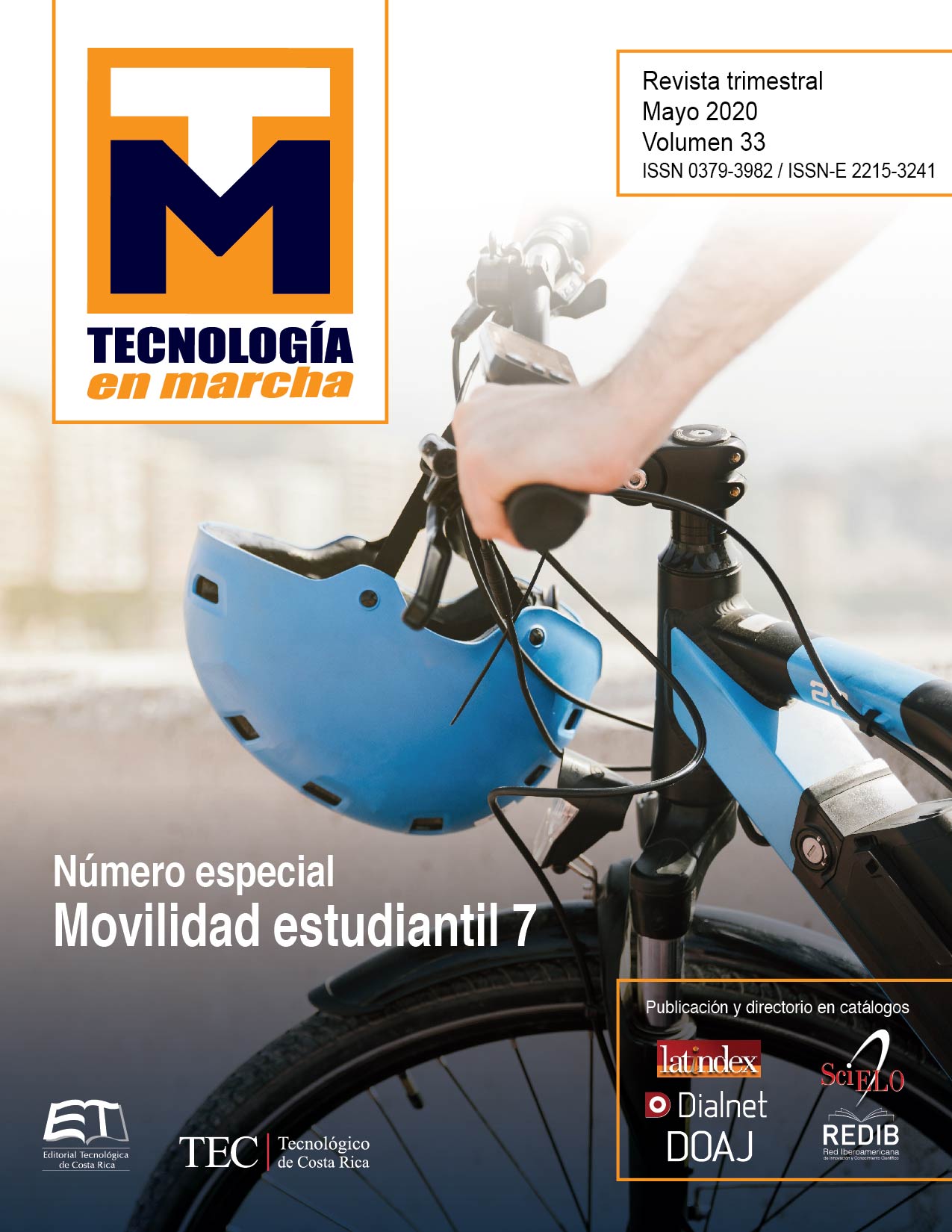Initial approach to the comparison of hyperspectral cameras for application in agriculture
Main Article Content
Abstract
This article shows an initial, practical and basic method for comparing hyperspectral cameras. A hyperspectral camera allows taking “image cubes” that consist of three dimensions, two spatial and one spectral in which the reflection of a scene is stored at all wave spectra between the range of visible light and the start of infrared. Two hyperspectral cameras were used for the tests, a Cubert brand model UHD-185 and a camera designed by the Integrated Engineering Group of the University of La Coruña; the first captures 127 spectra in the 450 to 998nm range, the second takes up to 1088 spectra, some repeated, in the 385 - 950nm range. An interface was designed to control the non-commercial camera, captures were made simultaneously with a scene in abundant sunlight, and the information was compared using Matlab by averaging and graphically presenting hyperspectral information from an area common to both captures. . Among the most predominant results are the recognition of smoothness in the data curve of the UHD-185 camera and the lack of pronounced peaks in moments of level drop of certain spectra; both important selection criteria depending on the application. The procedure can be applied for line or scene cameras as long as they return their information in a range of images that can be passed to a Matlab .mat format.
Article Details
Los autores conservan los derechos de autor y ceden a la revista el derecho de la primera publicación y pueda editarlo, reproducirlo, distribuirlo, exhibirlo y comunicarlo en el país y en el extranjero mediante medios impresos y electrónicos. Asimismo, asumen el compromiso sobre cualquier litigio o reclamación relacionada con derechos de propiedad intelectual, exonerando de responsabilidad a la Editorial Tecnológica de Costa Rica. Además, se establece que los autores pueden realizar otros acuerdos contractuales independientes y adicionales para la distribución no exclusiva de la versión del artículo publicado en esta revista (p. ej., incluirlo en un repositorio institucional o publicarlo en un libro) siempre que indiquen claramente que el trabajo se publicó por primera vez en esta revista.

